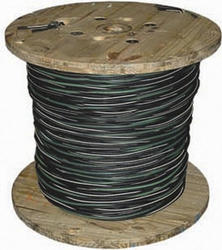I was surprised this hasn't been addressed. It isn't just PVC. It is All conduit types. I suspect it carries across to plumbing as well. Our installation costs go up significantly at that break point as well. I am pretty sure the material cost is mostly due to the aforementioned mass production. It is very rare to see anything larger than 2" in residential. As others mentioned about avoiding, residential would most certainly avoid over 2" Always run parallel feeders over 200 amps, for example. So there is bound to be a much higher demand under 2". Add to that you need an entire new catalog of tools for products over 2" from threaders, to benders to hot boxes. Set up, transportation, maintenance costs, handling, training, difficulty of use and other factors all take a big step between 2" and 2 1/2".




